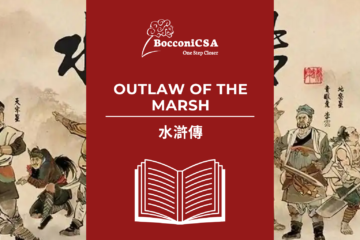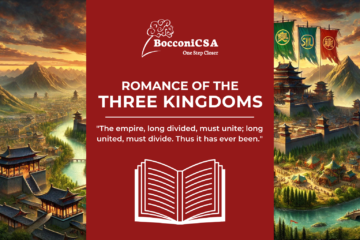Author: Valentino Zhi Chi Zhao
Ink wash painting (Shuǐ mò huà 水墨画) is known as the representative of traditional Chinese painting. It is a type of brush painting that uses only ink and water, mixed to create different tonalities of black.
It emerged during the Tang dynasty (618-907) following the famous words of the artist Wang Wei: “水墨为上 (Shuǐ mò wéi shàng)” – Ink wash is on top, suggesting it is the best painting technique. Artists privileged representation ink painting up to the 13th century, after which expressive painting prevailed.
Ink wash painting has the peculiarity of being simple, from which the simplicity of its subjects – landscapes, small animals and plants.
Landscape paintings depict mountains, rivers and lakes. In most of them, the objects in the foreground are well defined and, as we move to the background, they gradually fade and lose details. A famous landscape painter is Huang Binhong.
On the other hand, the representation of animals varies in size and number. Nevertheless, the most famous ones are the “Shrimps” of Qi Baishi who, with a few simple brush strokes, can produce some impressive paintings.
Last but not least, the plants depicted in the paintings are of all kinds. The most celebrated ones are the “Plum Blossoms” of Wang Mian, and the “Bamboos” of Zheng Xie. Both are typical Chinese plants.
In more recent times, ink wash painting has implemented the use of colours next to the use of ink. This allowed it to express fullness while maintaining its main features.


